So it’s been a few weeks since this happened, and I finally got around to talking about this having processed it all.
I’ve left Walt Disney Imagineering since early June.
The whole thing came as a surprise since I was actually expecting to be put on a new project, based on what I’ve heard from management at the end of February when I asked what I was going to be doing Shanghai.
The official wording is that my contract has been completed and my role no longer is needed. While technically true, I did wish that there was a little bit more warning.
I’ve been asked whether I hate Disney now that I’m no longer working for them; I still think that working for Disney, particularly at WDI, was one of the best jobs I’ve ever worked at. The things I’ve learned there will assuredly be of use for the rest of my life; Working at WDI taught me the value of ideation, and the skills and mindset that allows for that to occur.
Things are never as bad as they seem. I took a week off after my time with Disney was over and started looking at other opportunities, not just for work, but what I want to be doing next. I started planning for things that I never had time for while I was working at WDI. It’s been refreshing being able to fully commit myself to whatever I wanted to do. Having played victim to the “I-wish-I-had-more-time-but-work-is-in-the-way” syndrome, now I really have no excuse.
The day I left Disney became the day when I started to hold myself fully accountable. It’s a scary and confusing road, but one that I’m okay with going down.
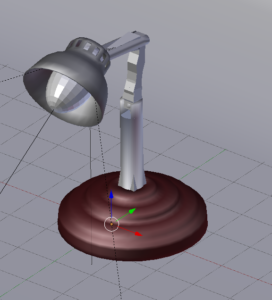

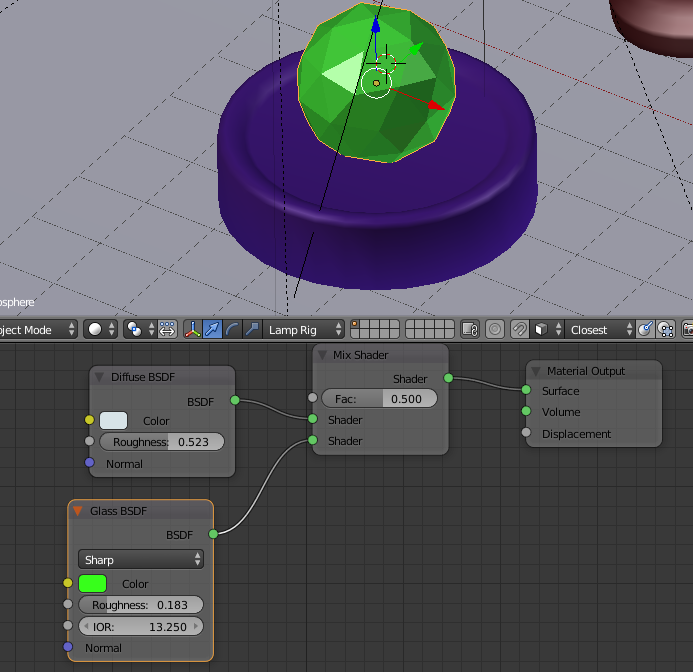
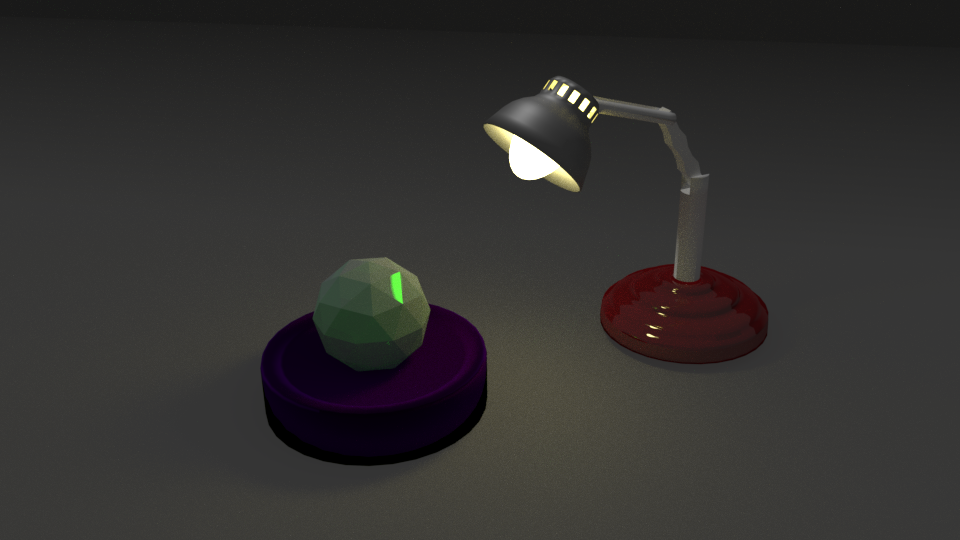
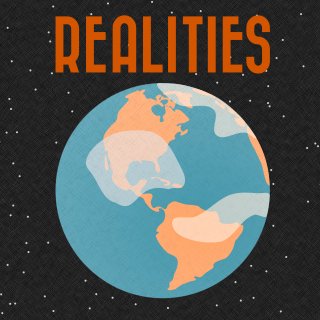
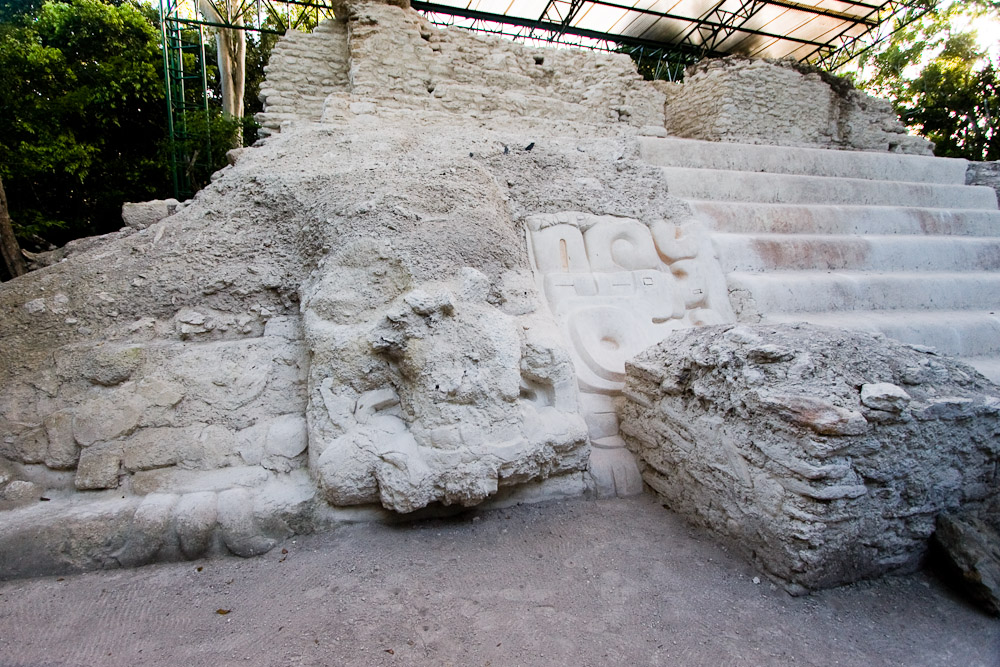
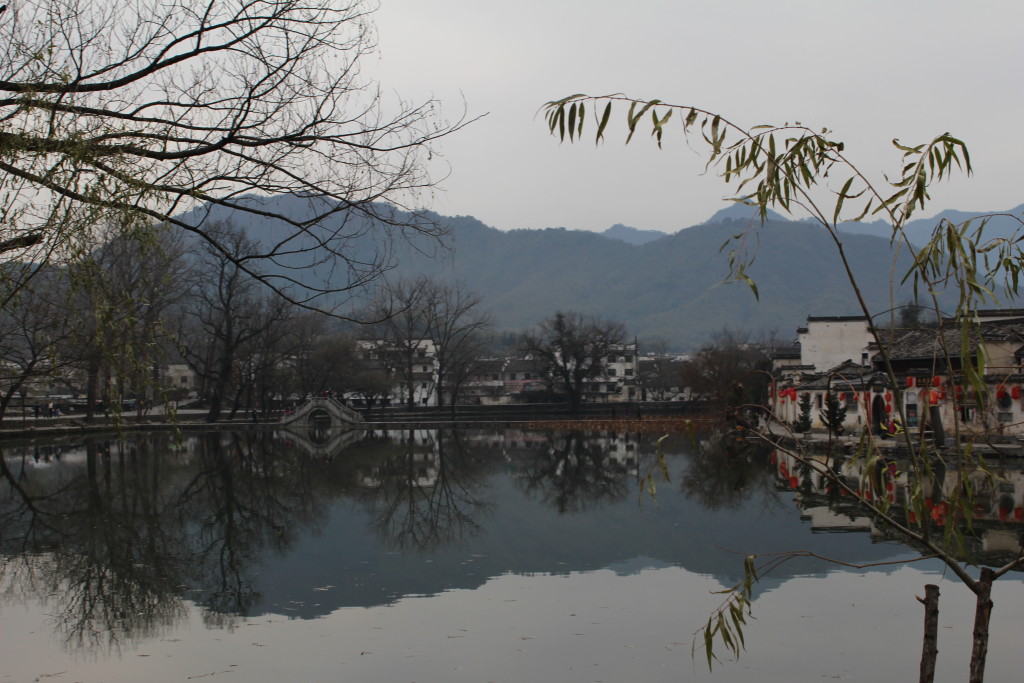
Recent Comments